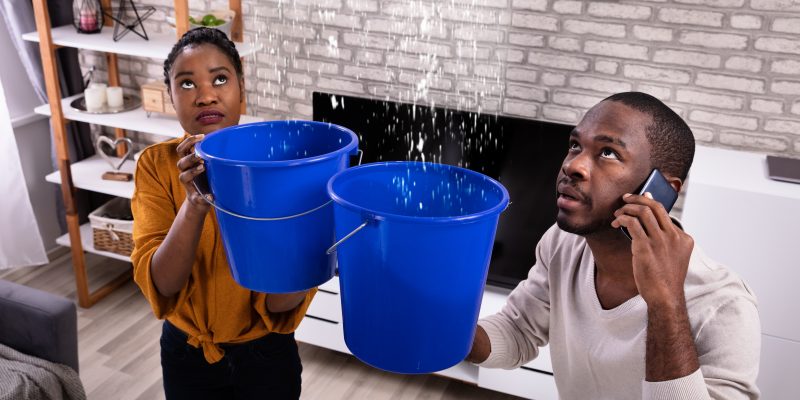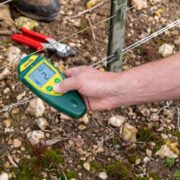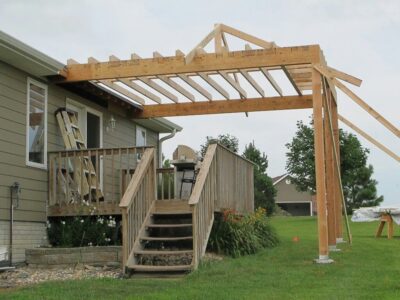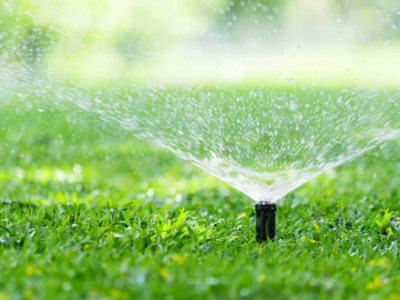Your home should be a place of comfort and relaxation. However, it’ll be a total headache if you just stumble upon water damage on your home’s flooring.
Water damage can come from everywhere. It could be from flooding, broken pipes, or spills of water that seeped into the material. While they can genuinely be annoying to see, you need to look for ways to repair them quickly, as prolonged water damage can harm your home.
Hence, listed below are the things to do when you have water damage:
1. Hire A Mold Removal Service
As water stays in your household for too long, you can expect molds to form around it. Even if you mop and remove the water, moisture could still get locked in, inviting molds to grow if you weren’t able to dry them thoroughly.
For your best option to remove molds effectively, you should hire mold removal services as they should be able to eliminate the presence of mold thoroughly.
Ideally, you should search for the best removal service online like Rescue Clean 911 and be able to achieve a mold-free home. While molds may look harmless, they can bring harmful effects to your home and cause illness to your family.
Before you hire the first company you see online, acquire proper recommendations and seek out the ones with good ratings to know that they’ll be delivering outstanding services. You can even search for videos of their service online like
To gain insight into how a mold removal company serves your home, you can watch this video for reference.
2. Identify The Source Of Water
As you see that there’s a puddle of water by the sink or on the floor, you should inspect the area and try to identify the source of water. Ideally, you should know where each pipe leads to so that you know which one you need to switch off. Doing so will prevent further damage to your property. After stopping the flow, determine which part of the pipe has damage, and look for ways to repair it.
If the damage is severe, and you can’t do it by yourself, call for a plumbing service immediately. One that accepts emergency services should be able to resolve your issue in no time.
3. Turn Off Your Power and Gas
If there’s flooding inside your home, you should immediately turn off your power to prevent the possibility of electrocution. Apart from your electricity, you should also consider turning off your gas for additional safety purposes.
Before you head to your power supply, ensure that you’re not stepping into a wet surface to guarantee your safety. If it’s already flooded, you should wear proper gear such as flood boots to keep yourself dry all the time. If you’re too hesitant to turn them off, call an electrician instead.
After turning off the power, you should also unplug any electronics and place them into a different area with no flood. If you can’t find another room, put them in high places so that you can prevent them from electrocuting everything, in case power is still running in the system.
4. Remove Standing Water

Close up of water flooding on living room parquet floor in a house – damage caused by water leakage
After turning off the power and the water source, you should immediately remove standing water as the longer it sits, the more damage it can cause to your household.
Before you begin removing water from your household, you should wear protective gear as you’ll never know what kind of rubbish might be floating around. In this way, you can keep yourself safe while successfully finishing the task.
As you remove the standing water, keep your children and pets away as the water is often contaminated. If they get near the water, they’re increasing their chances of getting infected.
If you don’t have a water pump, you can try to grab a bucket and manually throw the water out. However, you should use a water vacuum to thoroughly clean out the water from your home without the added effort which can hurt your back.
5. Air Dry Your Home
After removing all the water in your household, you should allow your floor to air dry completely.
If the air is more humid outside, you should open your windows and doors to dry out the floor. However, if it’s wintertime, you may want to consider turning up the heat to allow your floor and furniture to dry.
The longer you wait for your furniture to dry, the faster you’re inviting mold and mildew to grow, which can harm your furniture and flooring.
If the flood has damaged your furniture, flooring, and carpet, you should consider disposing of them rather than salvaging them. While you can allow them to completely dry, there might be bacteria and germs that you cannot see that are still living underneath. For safety purposes, consider throwing them away.
Conclusion
The moment that you see the presence of water damage in your home, take action immediately. The longer you wait, the harder it would be for you to salvage and repair your home.
If your problem cannot be solved with a nail hammer, ideally, you should hire a water damage service which can do everything to perfection, ensuring everyone’s safety. That’s why you need to look for the best service in your area.










Comments